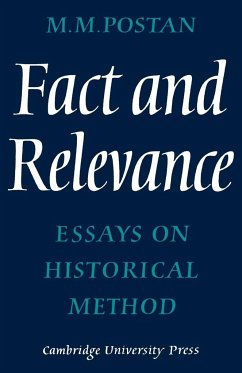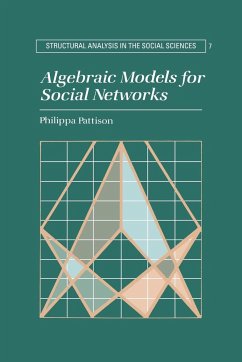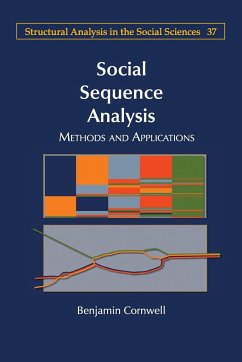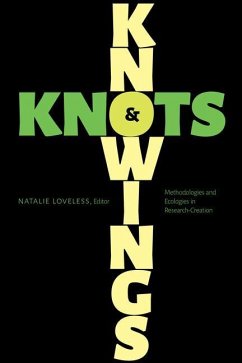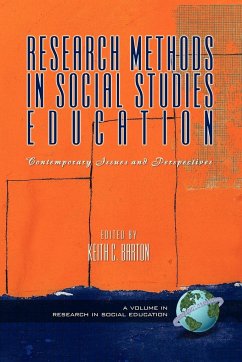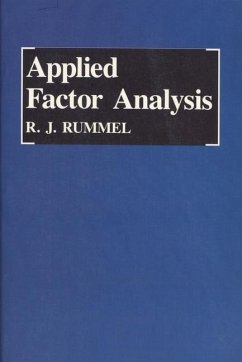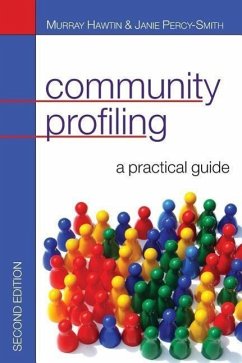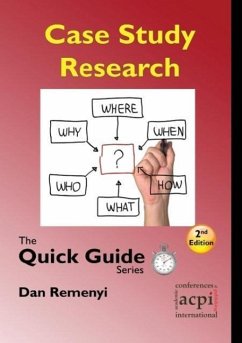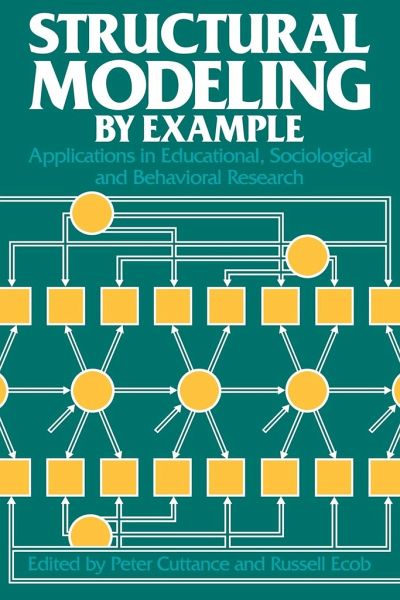
Structural Modeling by Example
Applications in Educational, Sociological, and Behavioral Research
Herausgeber: Cuttance, Peter; Peter, Cuttance; Ecob, Russell
Versandkostenfrei!
Versandfertig in 1-2 Wochen
43,99 €
inkl. MwSt.

PAYBACK Punkte
22 °P sammeln!
Structural Modeling by Example offers a comprehensive overview of the application of structural equation models in the social and behavioural sciences and in educational research.





